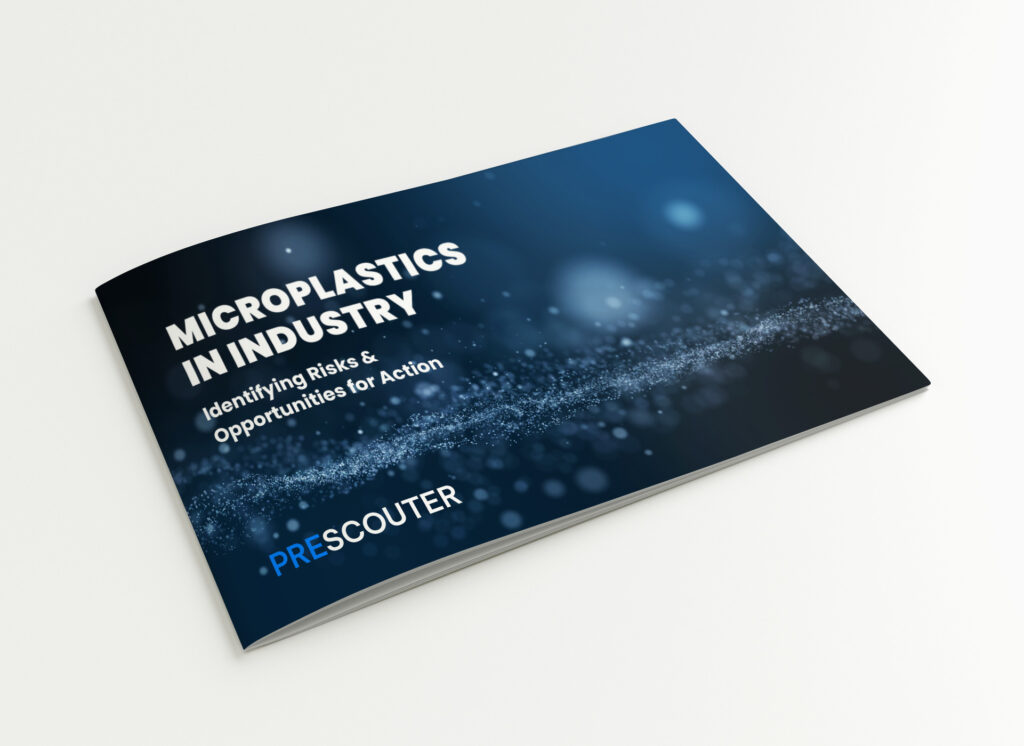Microplastics are small plastic particles measuring less than 5 mm that do not biodegrade and accumulate in the environment, causing harm to living organisms, including potential risks to humans.
There are two types of microplastics:
- Primary, intentionally manufactured tiny plastics.
- Secondary, resulting from the breakdown of larger plastic products.
Industries such as packaging, cosmetics, textiles, and paints contribute to microplastic pollution, which accounted for 1.3 M metric tonnes (11% of total ocean plastic pollution) in 2016 and was estimated as 30 M metric tonnes by 2021. Without intervention, microplastic ocean pollution is expected to reach 3 M metric tonnes by 2040.
Regulatory agencies express concerns about the hazards of microplastics, but the full extent of their impact on human health and the environment is not yet fully understood. Different actors have different priorities when it comes to addressing this issue. While replacing microplastics can be technically straightforward and easily justifiable in some cases, there are instances where substitutions may be more questionable, raise performance concerns, cost more money.
Certain countries, including the United States, Canada, Brazil, the UK, Australia, and several European Union nations, have implemented strong mitigation measures for intentionally added microplastic materials in the cosmetics industry. However, industries such as paint, tire, and textiles remain significant contributors to microplastic pollution.
This Intelligence Brief highlights the challenges faced by plastic-intensive industries and explores strategies in place to address the microplastic crisis. Additionally, it provides a comprehensive overview of the regulatory landscape and briefly discusses potential methods for microplastic removal.
Included in this Intelligence Brief:
- The microplastic problem in full view
- Primary and secondary microplastics
- Microplastics in the cosmetics, paint, packaging, and textile industries
- Expert insights from industry leaders
- Cross industry strategies and initiatives to reduce microplastics
- The regulatory landscape for microplastics
- Microplastics removal technologies








